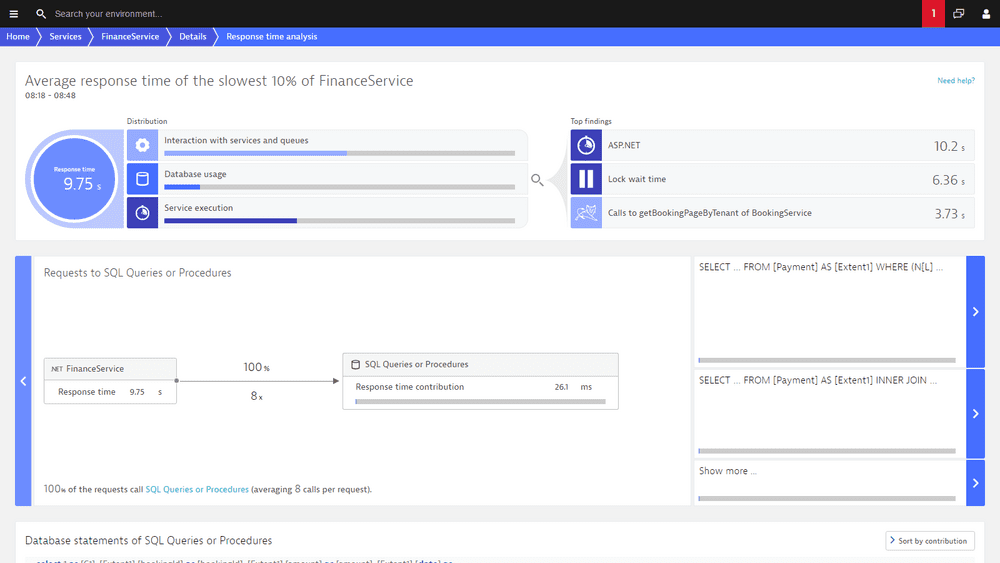

- .net monitor software#
- .net monitor windows#
Flow-based monitoring (NetFlow, jFlow, sFlow, IPFIX): The device must be configured to send NetFlow (v5, v9, or IPFIX), sFlow (v5), or jFlow (v5) data packets to the probe system.
.net monitor windows#
Do not use Windows Vista or Windows Server 2008 on host computers for WMI monitoring because both have WMI performance issues. Host computers and client computers with Windows operating systems as specified above are officially supported. Monitoring via Windows Management Instrumentation (WMI): To use WMI monitoring, you need a Windows network.SNMP must be enabled on the device and the machine running PRTG must be allowed to access the SNMP interface.
.net monitor software#
Monitoring via the Simple Network Protocol (SNMP): The monitored devices must be equipped with SNMP v1, v2c, or v3, and an SNMP-compatible software must be installed on the device. For more information, see the PRTG Manual: Remote Probes and Multiple Probes and watch the video tutorial Distributed Monitoring with PRTG. To distribute load, you can set up multiple remote probes on different computers. Load balancing is possible using remote probes. Try to keep the usage of the following features down: many quickly refreshed dashboards (or 'Maps'), frequently generated, huge sensor reports, heavy usage of packet sniffing, Sensor Factory sensors and Toplists, frequent automatically scheduled auto-discoveries for large network segments, and constant queries of monitoring data via the application programming interface (API). You can have more users if these do not all use the PRTG web interface at the same time (including public dashboards or 'Maps'). We recommend that you stay below 30 active user accounts for each PRTG core server. Note that sensors with more than 50 channels are not officially supported and can have a high impact on system performance. Try to use sensors with less than 50 channels. For example, Ping and SNMP sensors create much less load than complex sensors like flow (NetFlow, jFlow, sFlow, IPFIX) sensors, VMware sensors, Sensor Factory sensors, WMI sensors, or Syslog/Trap Receiver sensors, to name just a few examples. Some sensor types create much more load than others. When you have more than 5,000 sensors, you should set 5-minute scanning intervals or longer instead of using 1-minute scanning intervals. For each additional failover node, divide the number of recommended sensors by two. More than 5,000 sensors are not supported. 

Therefore, in a single failover cluster setup that consists of two PRTG core servers that each work as a cluster node, we recommend that you stay below 2,500 sensors for best performance. The performance is accordingly divided in half with each additional cluster node. In a cluster, the monitoring load doubles with each cluster node.As a rule of thumb, we can say that typical PRTG installations almost never run into performance issues when they stay below 5,000 sensors, below 30 remote probes, and below 30 user accounts.Please note the following aspects that can affect performance:







 0 kommentar(er)
0 kommentar(er)
